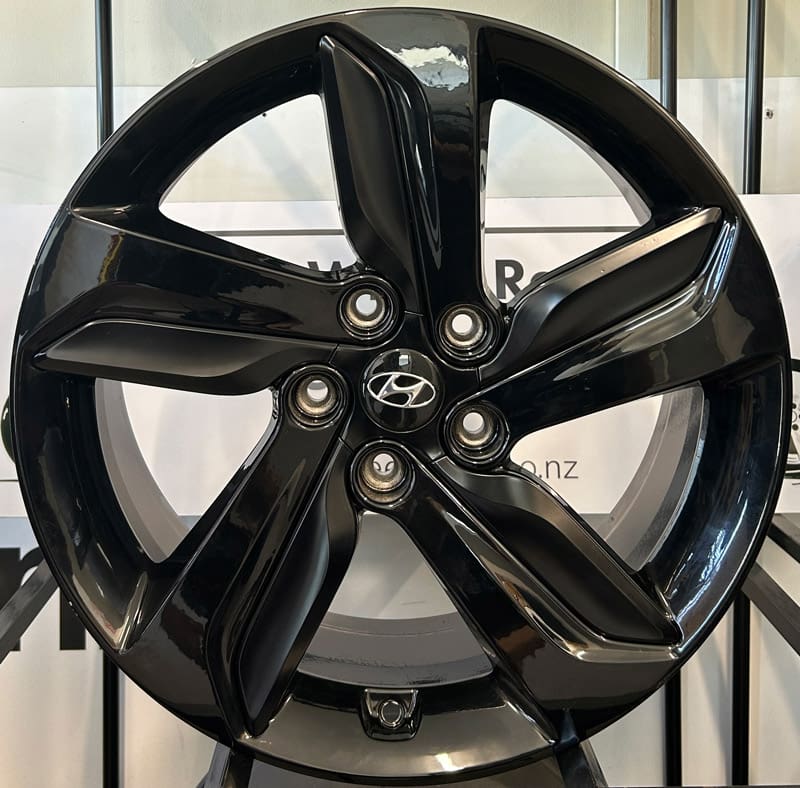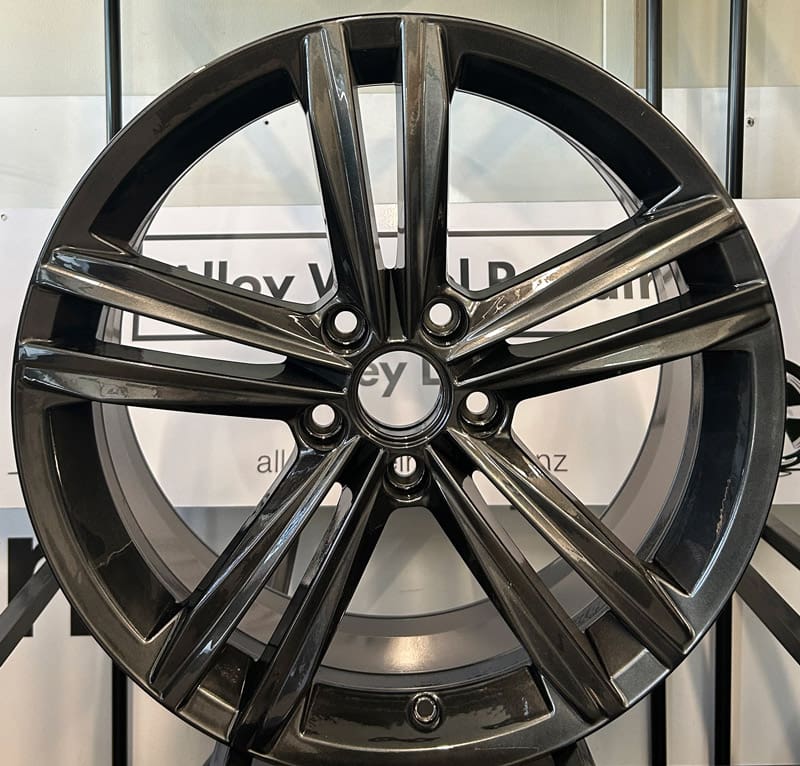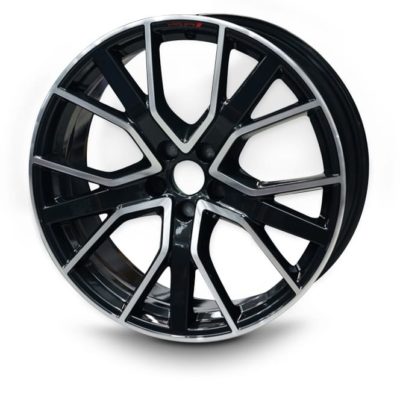Experience the joy of smooth, vibration free driving with our buckled wheel service.
It must be said that New Zealand’s roads aren’t that flash in many ways, especially when it comes to the good old pothole which can wreak havoc on your wheels. Most commonly, when you hit a pothole, it will be with the left-hand front wheel, and unless your name is Earl Bamber or Shane Van Gisbergen, the left-hand rear wheel is going to cop it as well! The damage can be severe, ranging from a buckled wheel at best through to a severely bent and cracked wheel, and that’s before we start talking about the damage inflicted on the poor old tyre! It is possible that you may not detect anything abnormal about the way your vehicle drives after hitting a pothole, and so it may not be brought to your attention that a wheel is buckled until the vehicle is inspected for its warrant of fitness, or while it undergoes its scheduled servicing. Buckled, warped cracked or twisted wheels constitute a failure at warrant of fitness time due to the adverse effects on vehicle handling and steering, not to mention the excessive wear and tear caused to the tyre and wheel bearings.
Getting a wheel round again is more of an art than a science, it takes patience, time, and a lot of heat and skill to achieve. Thankfully at Alloy Wheel repair Grey Lynn, we have invested in some high tech and heavy-duty equipment that enables us to straighten even the most severely damaged wheel. In most cases we can re-roll your wheel offering same day service. And if the tyre is poked as well? – don’t worry, we can supply a new one to save you the running around.
Repairing bent or buckled alloy wheels involves a specialised process to restore their shape and structural integrity.

Our process
Assessment
The first step is a thorough assessment of the extent of the damage. Experts inspect the wheel to determine the severity of the bend or buckle and identify any potential issues with the structural integrity.
Wheel Removal
In many cases, the wheel needs to be removed from the vehicle to allow for a more accurate and effective repair. This step also facilitates better access to the damaged areas.
Straightening
Experts use specialised equipment, such as hydraulic presses or precision machines, to carefully straighten the bent or buckled sections of the alloy wheel. This process requires skill and precision to avoid overcorrection or causing further damage.
Heat Treatment (Optional)
In some cases, especially for more severe bends, heat may be applied to the affected areas to make the alloy more malleable. This can aid in the straightening process.
Stress Relief
After the straightening process, stress relief techniques may be applied to ensure that the alloy wheel remains stable and doesn't revert to its bent state over time.
Wheel Truing and Balancing
The repaired wheel undergoes truing and balancing processes to ensure that it rotates smoothly and maintains proper balance. This step is essential for a safe and vibration-free driving experience.
Surface Inspection
The repaired wheel's surface is inspected for any cosmetic damage or imperfections. If necessary, additional steps, such as filling and sanding, may be taken to address aesthetic issues.
Priming (Optional)
If there are areas where the wheel's protective coating has been compromised during the repair process, a primer may be applied to enhance corrosion resistance.
Painting or Powder Coating (Optional)
Depending on the original finish of the wheel and the extent of the repair, the wheel may undergo painting or powder coating to restore its appearance.
Final Inspection
The repaired alloy wheel undergoes a final inspection to ensure that it meets quality standards. Experts check for structural integrity, proper alignment, and overall functionality.
Reinstallation
Once the repair is completed and the wheel passes inspection, it is reinstalled on the vehicle.
Examples of our work







